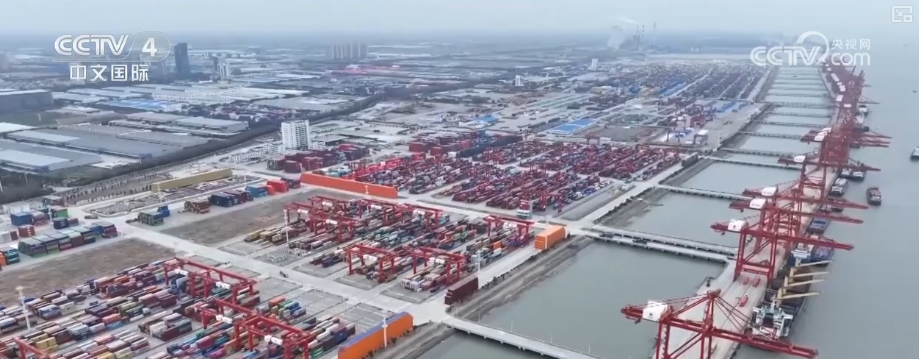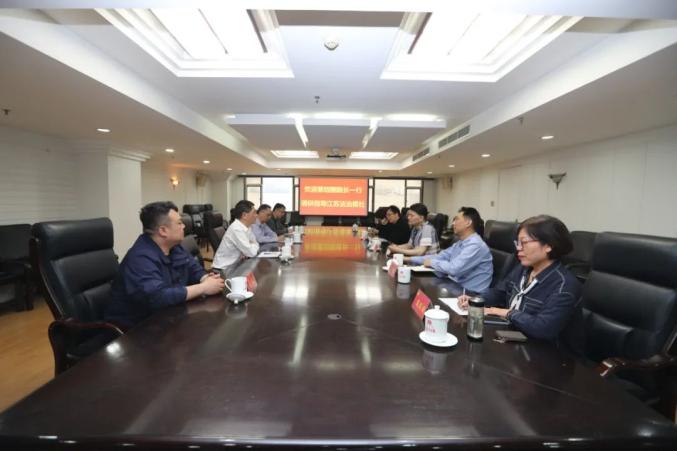Characteristics And Trends Of E-commerce Development In Countries Along The Belt And Road
Characteristics And Trends Of E-commerce Development In Countries Along The Belt And Road
Countries along the Belt and Road cover Southeast Asia, South Asia, the Middle East, Africa and other regions, and the e-commerce market is growing rapidly. Demographic dividend, economic development and policy support promote the development of cross-border e-commerce, but challenges such as logistics, payments and regulations still exist. The following are the main features and trends.
Countries along the Belt and Road cover Southeast Asia, South Asia, the Middle East, Africa and other regions, and the e-commerce market is growing rapidly. Demographic dividend, economic development and policy support promote the development of cross-border e-commerce, but challenges such as logistics, payments and regulations still exist. The following are the main features and trends.

Characteristics and Trends of E-commerce Development in Countries Along the Belt and Road
1. Great market potential
Population dividend
The countries along the route have a large population, and the proportion of young people is high. The Internet penetration rate has increased, which has promoted online shopping. For example, the e-commerce markets in India, Indonesia and other countries have grown rapidly, attracting international platform layout.
Economic growth
The economy is developing rapidly, the middle class is expanding, and consumption capacity is improving. For example, Southeast Asia's e-commerce transaction volume exceeded US$170 billion in 2024, and is expected to continue to grow in the next five years.
2. Infrastructure Differences
Logistics Challenge
The logistics system in some countries is imperfect, with high distribution costs and low efficiency. For example, the last mile distribution in South Asia and Africa is still a difficult problem, and warehousing and local logistics cooperation is needed.
Payment system
Mobile payments are popular in Southeast Asia, but South Asia and Africa are still mainly cash on delivery (COD), affecting the flow of funds and return rate management of e-commerce platforms.

Characteristics and Trends of E-commerce Development in Countries Along the Belt and Road
3. Policy support
Government promotion
Countries have introduced tax incentives, infrastructure investment and other policies to support the development of e-commerce. For example, Thailand's "Eastern Economic Corridor" (EEC) and Vietnam's e-commerce support policies provide convenience for foreign-funded enterprises.
Cross-border cooperation
China has strengthened cross-border e-commerce cooperation with countries along the route to promote trade growth. For example, Alibaba cooperated with Malaysia to establish a "Digital Free Trade Zone" (DFTZ) to facilitate cross-border transactions.
4. Cultural diversity
Language barriers
The countries along the route have diverse languages, and e-commerce platforms need to provide multi-language support. For example, support multiple languages such as English, Thai, Indonesian, etc. to improve user experience.
Consumption habits
Different countries have different consumption habits, such as the Middle East prefers branded products, while Southeast Asia pays more attention to cost-effectiveness. For example, during Indonesia's "Double 11" and "Ramadan promotion", e-commerce sales increased significantly.

5. Technology application
Mobile e-commerce
The increase in smartphone penetration rate has promoted mobile shopping to become the mainstream. For example, the proportion of mobile users in Vietnam and the Philippines exceeds 80%, and mobile orders account for more than 70% of the total transaction volume of e-commerce.
Innovative technology
Technologies such as artificial intelligence (AI), big data, and blockchain improve user experience and operational efficiency. For example, intelligent customer service and personalized recommendation systems have become the mainstream, improving user stickiness and repurchase rate.
6. Cross-border e-commerce is active
Trade convenience
Countries have optimized cross-border e-commerce policies and lowered import thresholds. For example, China and ASEAN have deepened RCEP cooperation, provided preferential tariffs, and promoted the growth of cross-border e-commerce.
Chinese products are popular
Made in China has strong demand in countries along the route with its high cost performance and supply chain advantages. For example, home appliances, digital products, and clothing are selling well in the Southeast Asian market, and platforms such as Temu and Shein are accelerating their expansion.
7. Challenges and Opportunities
Regulatory differences
E-commerce regulations and tax policies in different countries are different, and the compliance costs are relatively high. For example, the EU GDPR (Data Protection Act) has strict requirements on data collection, which affects the precise marketing of cross-border e-commerce.
Intensifying competition
International e-commerce giants (such as Amazon, Alibaba,) compete fiercely with local platforms. For example, local platforms such as Indonesia and Vietnamese Tiki have enhanced their competitiveness through localization strategies.





